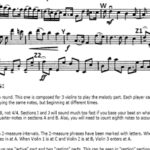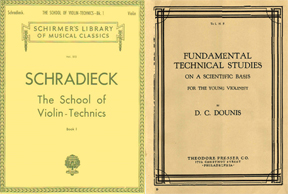On January 1, 2022 in the United States, Peter Warlock’s “Capriol Suite” for string orchestra marked its delayed entrance into the public domain. Published in 1926, it has finally cleared the benchmark of “96 years from publication” to be legally copied and distributed without a royalty payment. Prior to the United States Congress’ infamous 1998 “Sonny Bono Copyright Term” extension of its 1976 “Mickey Mouse Act,” the piece would have entered public domain in 2002. I have been holding onto an {ahem} illegal photocopy of the score since around 2010. Now I can finally introduce this piece to a student ensemble for just the cost of copy paper and printer toner.
The Queen of PD
 The mother of all public domain sheet music websites is IMSLP.org. Here is their page for the Capriol Suite. The world owes a debt of gratitude to IMSLP’s founder for his persistence in building this treasure trove of heritage music, over barriers thrown up by music publishers. Today there are 625,000 scores (and counting) on the site. Not just solo and chamber music, but all the parts to major orchestral works! I’ve used it to practice an orchestral part before I’ve been issued my hard-copy of the music. A $28/year subscription to the site helps you bypass a 15-second delay when accessing sheet music. Be sure to follow your country’s public domain restrictions before downloading any scores. Continue reading “Hooray for Public Domain!”
The mother of all public domain sheet music websites is IMSLP.org. Here is their page for the Capriol Suite. The world owes a debt of gratitude to IMSLP’s founder for his persistence in building this treasure trove of heritage music, over barriers thrown up by music publishers. Today there are 625,000 scores (and counting) on the site. Not just solo and chamber music, but all the parts to major orchestral works! I’ve used it to practice an orchestral part before I’ve been issued my hard-copy of the music. A $28/year subscription to the site helps you bypass a 15-second delay when accessing sheet music. Be sure to follow your country’s public domain restrictions before downloading any scores. Continue reading “Hooray for Public Domain!”

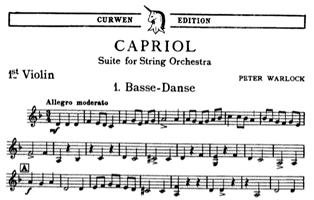
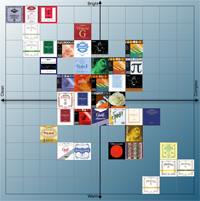
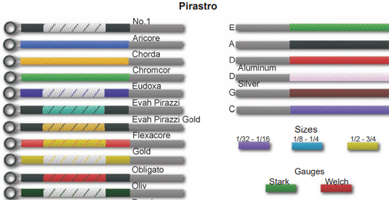

 Where
Where  Nathan is First Associate Concertmaster of the Los Angeles Philharmonic and could clearly spend all his time just performing. But his passion for teaching has turned him into a YouTube pro. While joining his private student cohort is limited and pricey, he has posted many excellent free teaching videos, including a series on the complete Bach Unaccompanied Sonatas and Partitas for Violin. (He calls it
Nathan is First Associate Concertmaster of the Los Angeles Philharmonic and could clearly spend all his time just performing. But his passion for teaching has turned him into a YouTube pro. While joining his private student cohort is limited and pricey, he has posted many excellent free teaching videos, including a series on the complete Bach Unaccompanied Sonatas and Partitas for Violin. (He calls it  Is this the opening of the most overplayed piece in the violin repertoire? Probably! Does that mean that violin students should not have an opportunity to learn this Greatest Hit of Classical Music for themselves? Of course not! If piano teachers can keep teaching Für Elise, we can keep teaching The Pachelbel!
Is this the opening of the most overplayed piece in the violin repertoire? Probably! Does that mean that violin students should not have an opportunity to learn this Greatest Hit of Classical Music for themselves? Of course not! If piano teachers can keep teaching Für Elise, we can keep teaching The Pachelbel! My students GET to learn The Pachelbel when they reach the equivalent of Suzuki Book 4. And most of them LOVE it. Many transferable skills can be taught using this piece: Counting in 8/8, note values from dotted-quarter-notes to thirty-second-notes, a little bit of 3rd position shifting, ensemble playing with two other partners, even Baroque performance practice if desired.
My students GET to learn The Pachelbel when they reach the equivalent of Suzuki Book 4. And most of them LOVE it. Many transferable skills can be taught using this piece: Counting in 8/8, note values from dotted-quarter-notes to thirty-second-notes, a little bit of 3rd position shifting, ensemble playing with two other partners, even Baroque performance practice if desired.